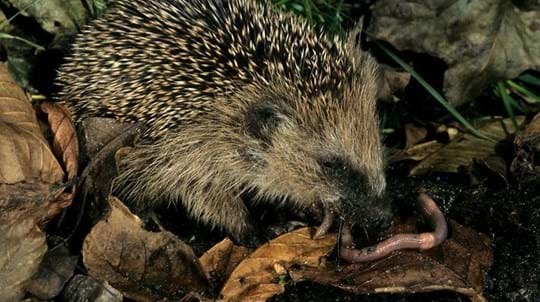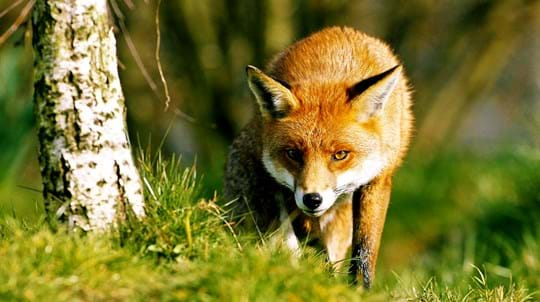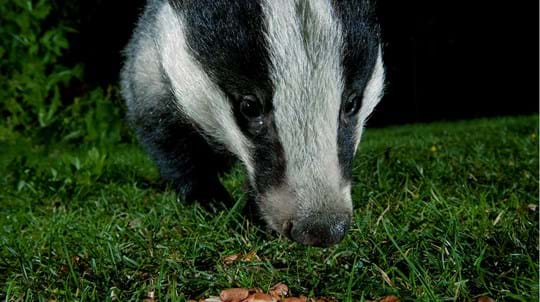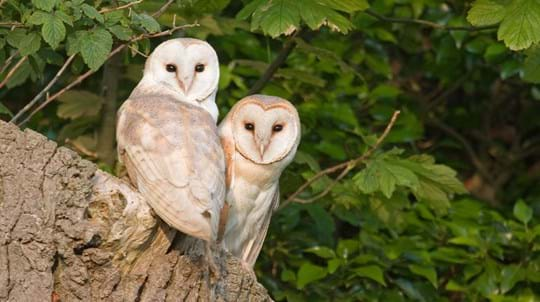
Go exploring
Primordial landscapes, tangled branches, breathtaking wildlife and miles of woodland trails. From the countryside to cities, we care for thousands of woods throughout the UK, all free to visit.
Find a wood near you
Content editor
Did you know that a red deer stag will shed and regrow its huge antlers every single year? Or that a muntjac deer can eat up to 85 different types of plants? Read on to find out more about these fascinating creatures.
All of the UK’s six deer species are herbivorous, which means they feed on plants. Grasses, sedges, the leaves and shoots of trees and other woody plants are all on the menu. Fruit and berries are sometimes eaten too, while tree bark is taken when other food is scarce. Of the UK’s deer species, only the roe (Capreolus capreolus) and red (Cervus elaphus) are native. Fallow deer (Dama dama) have been present for at least 1,000 years, while muntjac (Muntiacus reevesi), sika (Cervus nippon) and Chinese water deer (Hydropotes inermis) were all introduced within the last 200 years. Each of these species can occur in woodland, although the Chinese water deer is more commonly found in marshy areas.
On rare occasions deer have been known to eat the eggs and chicks of ground-nesting birds. It’s thought this may take place when deer are unable to source all the nutrients they need from their normal diet.
Unfortunately, the eating habits of deer can sometimes have a negative impact on woodland ecosystems. By feeding on young trees, deer can prevent the natural growth of new woodland (a process known as natural regeneration). Large numbers of deer can also eat plants that other wildlife, such as birds and insects, depend on for food and shelter.
Historically, predators such as wolves and lynx would have kept deer numbers in check, limiting these impacts. Free from such predation, UK deer numbers may have now reached a 1,000-year high. As a result, the active management of deer numbers through fencing and/or shooting is sometimes necessary to maintain natural ecological processes in our woodlands.
Deer antlers are actually made of bone. All the UK’s species grow antlers except the Chinese water deer. Red deer grow the largest antlers, which can reach an impressive three feet in length and have 15 points or more. Muntjac antlers are the smallest, often growing no longer than 10cm.
The reindeer (Rangifer tarandus) is the only species where both males and females have antlers. There are no truly wild reindeer in the UK, but a free-roaming herd is kept in Scotland’s Cairngorm mountains.
Only males grow antlers, which are shed and regrown each year. When they first emerge, antlers are covered in a soft, hairy-like material known as velvet. This provides oxygen and nutrients to the bone, helping it to grow rapidly. Velvet is eventually shed by rubbing the antlers against a tree. By this point the antlers have completely hardened and are ready to be used in fights between deer.
Red, fallow, sika and roe deer all use their antlers to fight for access to females. When ready to breed, rival males will lock antlers, pushing and twisting until the weaker of the two flees, leaving the victor free to mate. This behaviour is known as rutting.
The term stag only refers to male red and sika deer. Males of all other species are known as bucks. Female red and sika deer are called hinds, while females of all other species are known as does.
Muntjac use their antlers to fight, but also use the tusks that protrude from their mouth as weapons. The antler-less Chinese water deer relies solely on its tusks to compete for mating rights. As well as helping deer to find a mate, antlers may also be used to defend against predators.
There are more than 30 species of deer across the world. The moose (Alces alces) is the largest and the smallest is the northern pudu (Pudu mephistophiles), which is little larger than a domestic cat.

Primordial landscapes, tangled branches, breathtaking wildlife and miles of woodland trails. From the countryside to cities, we care for thousands of woods throughout the UK, all free to visit.
Find a wood near you
Blog
Charlie Mellor • 15 Mar 2024

Blog
Charlotte Varela • 16 Aug 2019

Blog
Helen Keating • 27 Aug 2019

Blog
The Woodland Trust • 18 Jan 2019